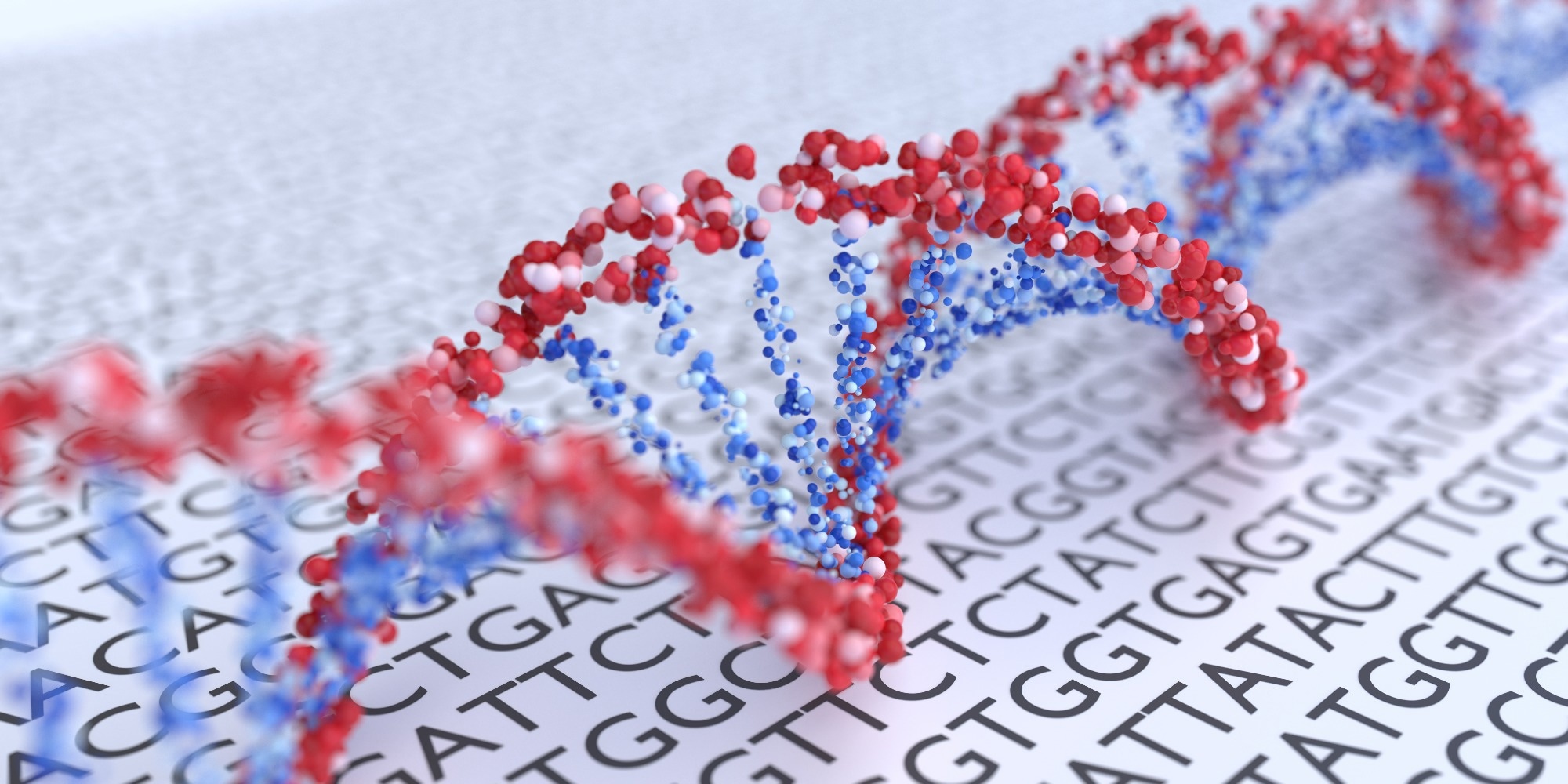In a recent article published in the journal Scientific Reports, researchers from the Netherlands developed and evaluated an automated protocol for the Illumina library preparation kit using a liquid handler robot. Their technique aimed to reduce the hands-on time and human error while generating consistent and high-quality deoxyribonucleic acid (DNA) libraries for whole-genome sequencing (WGS) of bacterial strains.

Study: Automated Illumina Library Prep for Bacterial Whole-Genome Sequencing. Image Credit: vchal/Shutterstock.com
Background
WGS is a powerful technique that provides comprehensive genetic information for various applications, such as disease research, population genetics, microbial identification, and genotyping. However, it requires a labor-intensive and error-prone step of library preparation (LP), which involves fragmenting DNA and adding adapter sequences for sequencing. LP is one of the most critical steps in the WGS workflow, as it affects the quality and quantity of the sequencing data. Therefore, automating LP steps using robotic liquid handlers can improve the efficiency, reliability, and reproducibility of WGS.
About the Research
In this paper, the authors introduce an automated library preparation (LP) protocol for the widely used Illumina DNA Prep kit, commonly utilized in next-generation sequencing (NGS) applications. This kit employs tagmentation chemistry for DNA fragmentation and adapter sequence addition, which is typically followed by polymerase chain reaction (PCR) amplification. The study leveraged the flowbot ONE liquid handler robot, a versatile pipetting instrument that can be configured for various protocols. The accompanying flowbot ONE software enabled automation, reducing the need for advanced programming skills.
The researchers adapted the manual protocol of the Illumina DNA Prep kit for automation using the flowbot ONE software. They outfitted the robot with both 1-channel and 8-channel pipetting modules and organized the 12-position deck with essential devices, including heating/cooling and magnetic modules, as well as spaces for tube racks and pipetting tips.
The automated workflow comprised pre-PCR and post-PCR stages, requiring the transfer of PCR tube strips to and from the PCR machine using a pipette. To minimize the detrimental effects of freeze-thaw cycles, unique dual (UD) indexes for both DNA and ribonucleic acid (RNA) were manually added to all libraries prior to PCR.
To evaluate the performance of the automated protocol, the authors processed 16 bacterial DNA extracts from a variety of species using both manual and automated workflows. They conducted comparative analyses of library DNA yields, sequence data quality, and genotyping results. Additionally, they assessed the reproducibility of the automated workflow by processing eight of the bacterial DNA extracts twice in independent flowbot ONE runs.
Research Findings
The results indicated that the automated process consistently yielded high library DNA amounts, comparable to those achieved through manual processing. Notably, no dropouts were observed in any of the 24 automated LPs or the 16 manual LPs. The minimum library DNA yield from the automated process was approximately 0.6 ng/µl, sufficient for initiating a NGS run.
Furthermore, the study demonstrated that the quality of sequence data from the automated workflow closely matched that of the manual process. All 40 DNA libraries were sequenced on the MiniSeq platform, normalized to one million sequence reads per library.
Subsequent genome assembly into contigs showed that all 40 assemblies met established diagnostic quality criteria for WGS. These criteria include a minimum sequence read depth of 30 reads, fewer than 1000 contigs per assembly, and a contig N50 value exceeding 15,000 nucleotides.
Comparative analysis revealed minimal differences in genome assembly quality metrics between the automated and manual workflows, with median values showing slight variations in contig numbers, average read depth, and contig N50 values. Moreover, genome assemblies from the eight libraries processed twice in separate flowbot ONE runs showed comparable quality, underscoring the reproducibility of the outputs.
Significantly, the automated workflow reduced hands-on processing time, taking only 25 minutes to process eight samples, compared to 125 minutes required by the manual process. The overall turnaround time per set of eight samples was also notably shorter in the automated process, totaling 170 minutes, compared to 200 minutes for the manual workflow. These efficiency gains highlight the practical advantages of automation in streamlining laboratory procedures.
Applications
The implications of automating the DNA library preparation extend to various fields, including clinical diagnostics and research. Automation not only enhances the speed and accuracy of sequencing workflows but also standardizes processes, making them more suitable for high-throughput applications.
In clinical settings, streamlined automation could expedite the identification of genetic variants linked to diseases, improving patient outcomes through timely and accurate diagnoses. In research, automation enables large-scale genomic studies, accelerating discoveries in fields such as personalized medicine, evolutionary biology, and agricultural genomics.
Conclusion
In summary, the Illumina DNA Prep kit's LP protocol was successfully automated using the flowbot ONE liquid handler robot. This automated process consistently generated robust, high-quality DNA libraries suitable for WGS of bacterial strains, demonstrating performance and reproducibility comparable to the manual method. Additionally, automation significantly reduced hands-on time and minimized human error, enhancing the efficiency and standardization of the WGS workflow.
The researchers showed that flowbot ONE provided a low-cost solution for automating LP steps across various sequencing applications. They suggested further optimization and expansion of the automated workflow, such as processing more samples per run and incorporating on-board PCR. Moreover, they emphasized the potential of the automated workflow on the flowbot ONE to facilitate widespread execution of WGS in routine diagnostic microbiology laboratories, thereby advancing clinical diagnostics and research in microbial genomics.
Journal Reference
Meijers, E., Verhees, F.B., Heemskerk, D. et al. Automating the Illumina DNA library preparation kit for whole genome sequencing applications on the flowbot ONE liquid handler robot. Sci Rep 14, 8159 (2024). https://doi.org/10.1038/s41598-024-58963-2, https://www.nature.com/articles/s41598-024-58963-2
Disclaimer: The views expressed here are those of the author expressed in their private capacity and do not necessarily represent the views of AZoM.com Limited T/A AZoNetwork the owner and operator of this website. This disclaimer forms part of the Terms and conditions of use of this website.